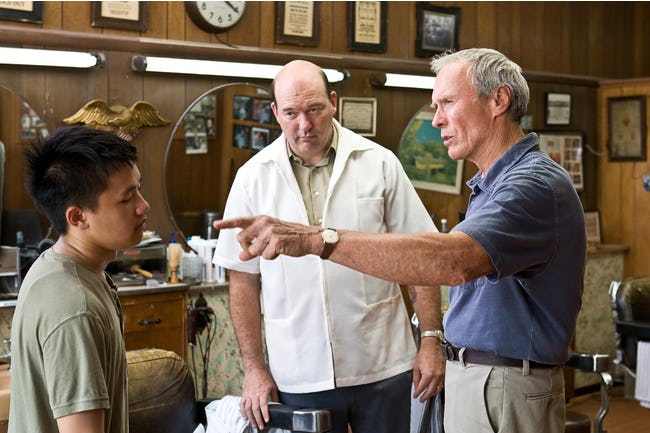CLOSE READING - some hints
Ensure you are familiar with
the key command words and what they mean:
- Identify
- Explain
- Analyse
- Summarise
- EvaluateOwn words Question1. Find the answer in the passage - LOCATE2. Highlight or underline the answer.3. Now reword it taking care not to use the words you have underlined - TRANSLATE4. Bullet point your answer – use the number of marks on offer to dictate the number of points you make.Context Question1. Give the meaning of the word.2. Quote a word or phrase or refer to a technique from the context that led you to this meaning.3. Explain how this word/phrase/technique helps you understand the meaning of the original word.Linking Sentence Question1. Quote the linking word or phrase (if there is one) and explain its function.2. Quote the words that link back to the previous paragraph. Explain what the previous point is.3. Quote the words that introduce the next point. Explain what point the writer goes on to make.Summarising QuestionThis is usually a big mark question. Use the number of marks to work out how many points you should make. Bullet point your answer1. Treat this as an extended own words question2. Break down the chunk of text you are to look at into smaller chunks and work out the key idea in each3. Ensure that you write out each point in your own wordsImagery Question1. Identify the image (what is being compared to what?)2. Give the literal meaning of the image.3. Explain the connection between the two. (Just as…. so….)4. Explain the effectiveness of the comparison – ensure you have answered the questionWord Choice Question1. Quote a word/phrase.2. Explain the connotations of the word/phrase (what you associate with the word).3. Explain what this suggests about what the writer is describing.Sentence Structure Question1. Identify/name/quote a technique of sentence structure2. Comment on the effects of its use and how this fits with/helps you to understand the point the writer is making in these lines.To help you find relevant features to comment on, follow these steps:1. What type of sentence(s) is/are being used?StatementQuestion/rhetorical questionExclamationCommandMinor sentence2. How is the punctuation used to divide up the sentence?Commas - a list or breaking a complex sentence into clauses?ColonsSemi-colonsParenthesisSingle dash3. Is there anything unusual about the structure of the sentence?InversionRepetitionClimax or anti-climaxAntithesis4. Do the sentences form a pattern?Repetitive or balanced structureContrast between complex and short sentencesTone Question1. Identify the tone employed by the writer2. Quote a word/phrase/image which reveals the tone and explain how it does soEffective as a Conclusion Question1. Does it sum up the main points? Quote and explain what they are and quote or summarise where they were made earlier on in the passage.2. Does it restate the writer’s point to view? Quote and explain what it is, then quote from earlier in passage and explain the link.3. Does it link back to the introduction? How? Quote and explain.4. Does it use word choice/imagery begun in the introduction or used throughout passage? Quote and explain from both the conclusion and from earlier in the passage.

